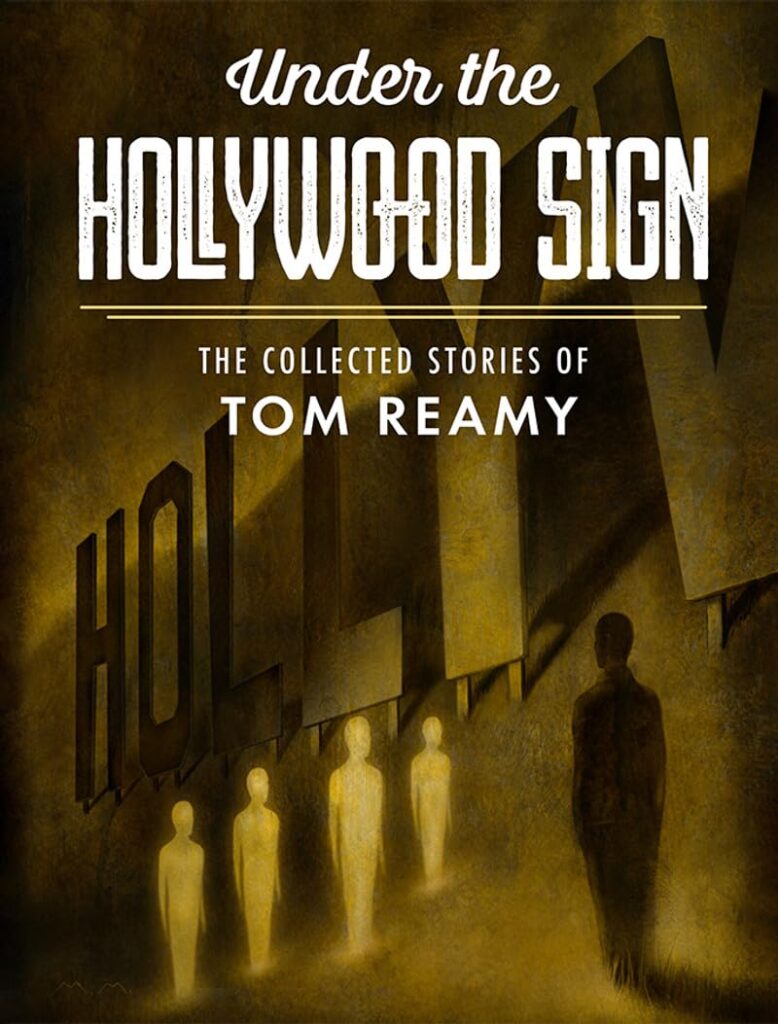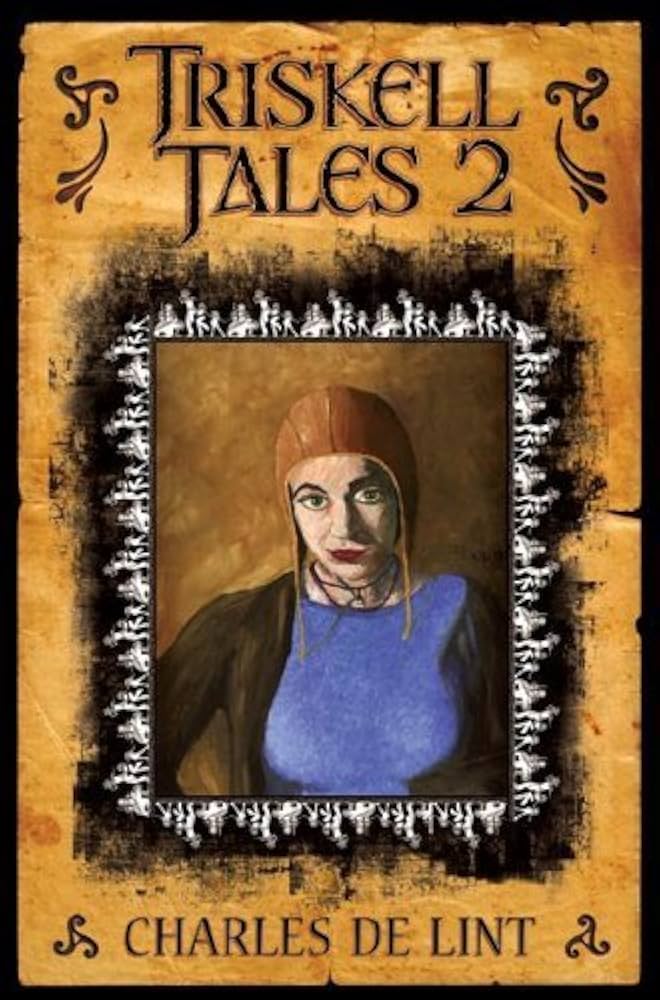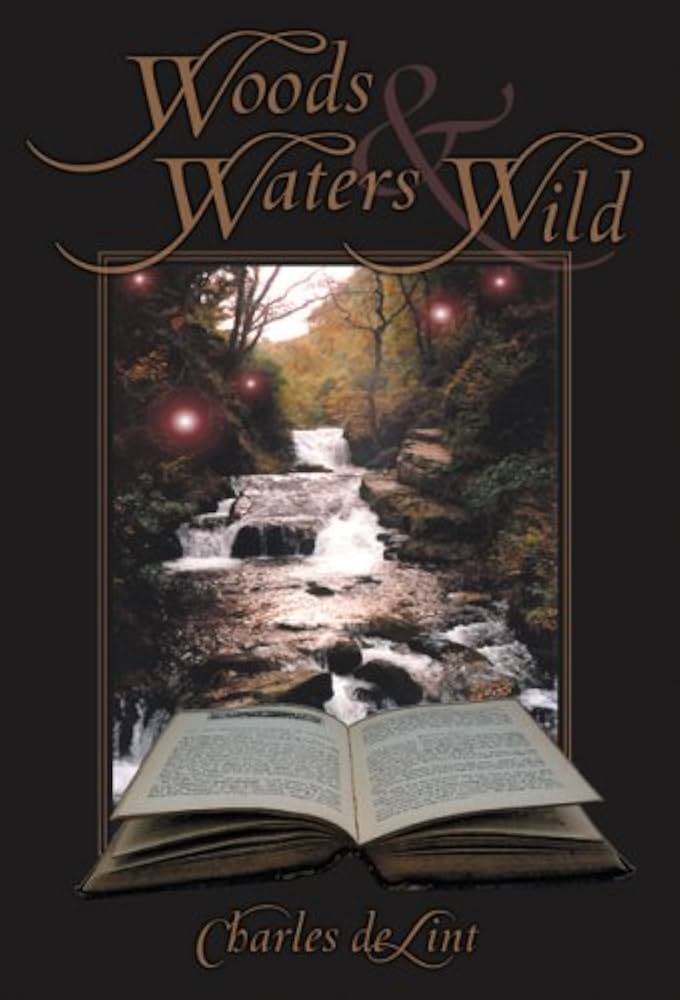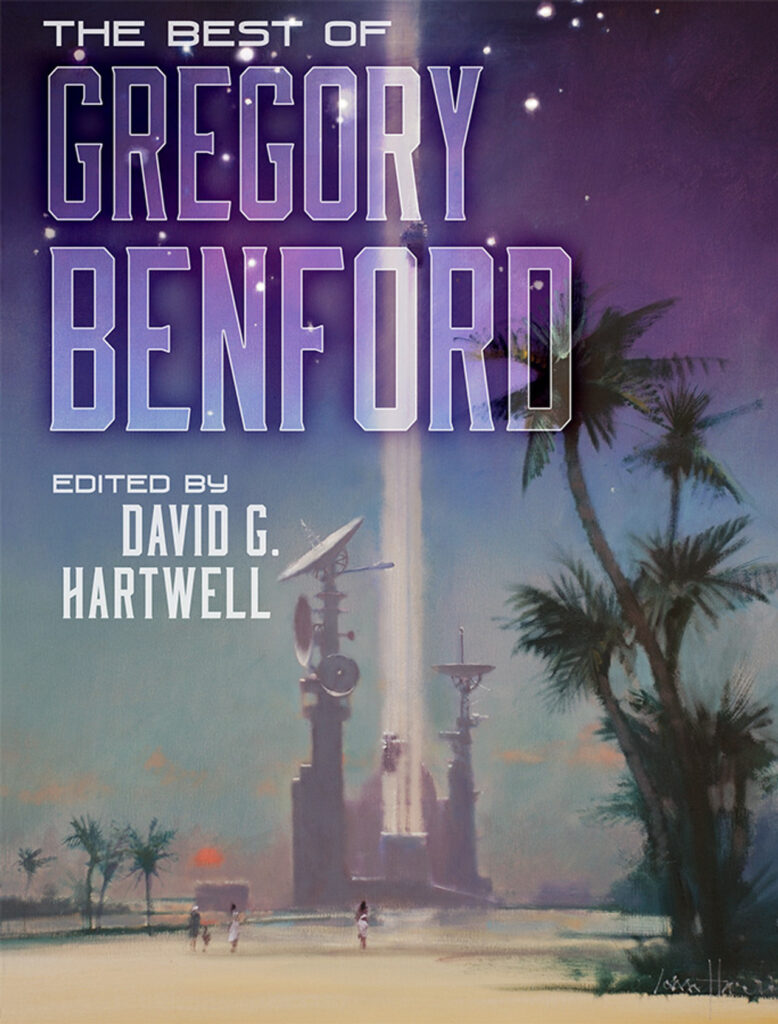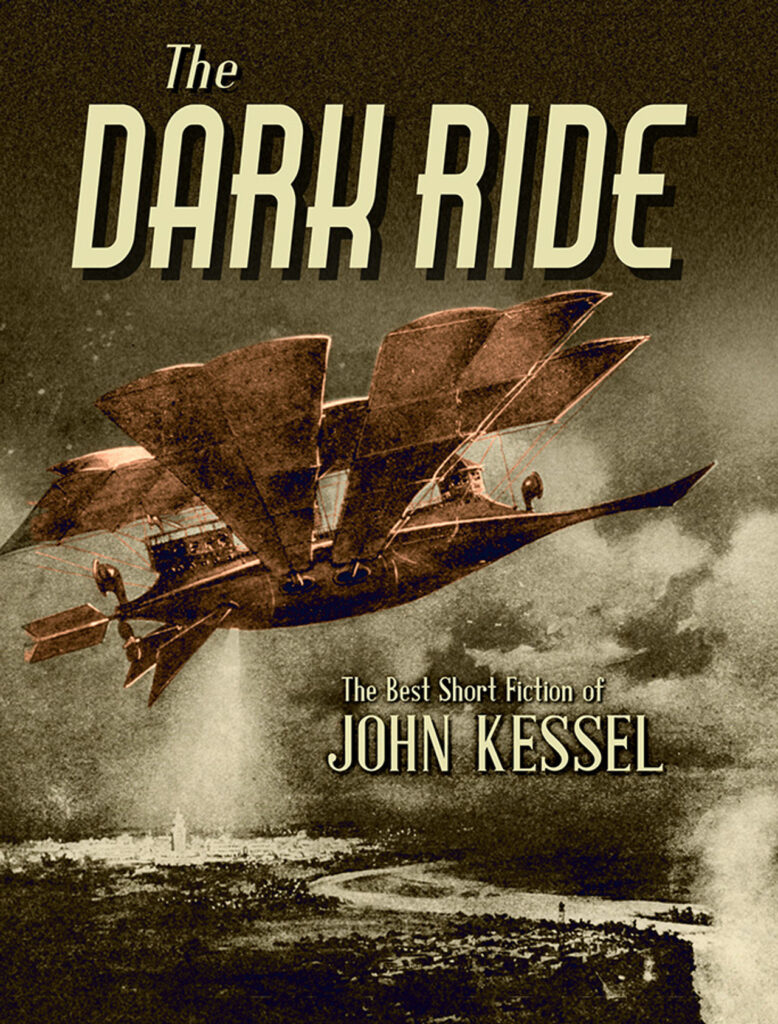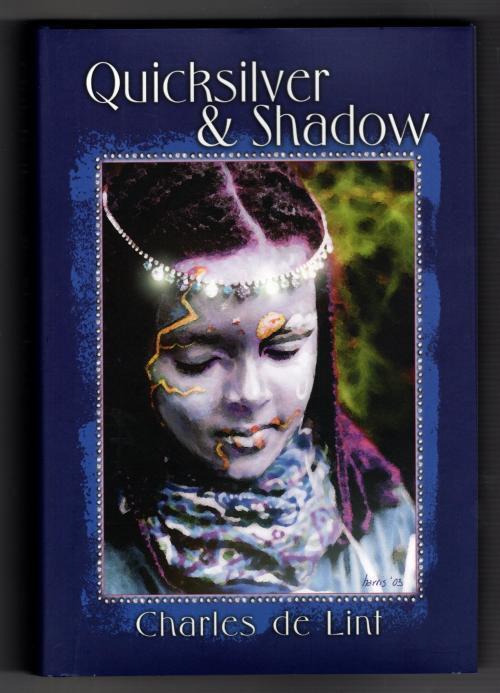Joe R. Lansdale has written (and continues to write) a ton of books. I buy them as I find them, which these days isn’t often.
Radiant Apples is a novella published by Subterranean Press in 2021. I found this book online, listed for $20 plus tax and shipping. It’s a slim book—in effect, the kind of book you can read in one sitting. The main character is Nat Love, who previously appeared in the novel, Paradise Sky. My copy is number 301 of 1,500 signed and numbered copies, originally published for $40 in 2021.

Nat Love is now in his 50s, a porter on the Pullman railway in north-east Texas. A train robbery and murder sets him on a quest, and he recruits an old friend as he chases these robbers into Oklahoma from Texas. It appears to be set in 1919, but feels like an old Western from the previous century. Lansdale tones down some of his usual banter, but not by much. Overall it’s a good read, and I think it would be cool to see more stories with Nat Love. That might be tough, however, as between Paradise Sky and this book he got married, had kids, and gave up much of his old life. A glance at Lansdale bibliography told me there were some other Nat Love stories, which led me to the next acquisition.
Fishing for Dinosaurs, also published by Subterranean Press (2020), is a collection of five novellas. It includes “Black Hat Jack,” an earlier Nat Love novella. “Black Hat Jack” previously was published as a separate book (just like Radiant Apples) way back in 2014 by Subterranean Press. It’s cannibalized into this collection (along with another Lansdale novella that also came out by Sub Press), which saved me from having to hunt down the older novella.

Each of the stories is introduced by another writer: Robin Hobb for “Black Hat Jack,” plus Poppy Z. Brite, Richard Chizmar, David J. Schow, and Norman Partridge for the other stories. My copy is number 660 out of 2,500 signed and numbered books, also bought for $20 online, as I’m a few years late from the original publication event, and the book is sold out from the publisher. An edition of 2,500 seems like a lot for a “signed, limited edition,” but, as I care more about the stories than the rarity of the book, I don’t mind. However, I do wish I’d known about it sooner, as I feel guilty that Lansdale isn’t getting a cent from my purchase.
In terms of the other stories, “The Ape Man’s Brother” was published as an eBook and hardcover edition by Subterranean Press. “Prisoner 489″ was published by Dark Regions Press as a lettered edition, a limited edition hardcover, and trade paperback. From what I can tell, the other two stories—”Sixty-Eight Barrels on Treasure Lake,” and the title story—are collected here for the first time, though “Fishing for Dinosaurs” first appeared in 2014 in Limbus Inc. Book II. I may be wrong, as although I own 44 Lansdale books, this is but a fraction of his output.
From the introduction by Lansdale, I learned there are some other Nat Love stories floating around somewhere, and maybe they will turn up in a collection, and maybe I’ll eventually read them.




